
The digital world is now changing and updating so quickly that you can't bit the current trends. Digital transformation takes a client-driven, advanced first way to deal with all parts of a business, from its plans of action to client encounters to processes and tasks.
It uses AI, robotization, half-breed cloud, and other computerized advances to use the information and drive shrewd work processes, quicker and more astute direction, and ongoing reactions to advertising interruptions. Additionally, it changes client assumptions and sets out new business open doors.
While numerous associations have accepted a digital transformation in light of a solitary serious threat or market shift, it has never been tied in with making a one-time fix. So, what is a digital transformation, for business and advanced technology - everything you need to know is here.
Definition of Digital Transformation
Digital Transformation is the most common way of utilizing advanced innovations to make new or alter existing business cycles, culture, and client experiences to meet changing business and market prerequisites. This rethinking of business in the advanced age is a digital transformation.
It rises above customary jobs like marketing, promotions, sales, and client care service. All things considered, digital transformation starts and finishes with your thought process, and engages with, customers. As we move from paper to accounting sheets to brilliant applications for dealing with our business, we get the opportunity to rethink how we carry on with work, and how we draw in our clients, with advanced digital innovation on our side.
When you are developing a business in the 21st century, depending on stickies and manually written records simply aren't maintainable. Thinking, arranging, and building carefully positions you to be deft, adaptable, flexible and prepared to develop. As they set out on technology transformation, many organizations are returning a stage to find out if they are truly doing the right things.
Digital Transformation Drivers
Digital transformation for business is all about customers. It starts and ends with customer service and how you approach your customers. Fulfilling customers' expectations have forever been the great driver of advanced change. It started when a surge of new advances made new sorts of data and capacities open in new ways. For example, IOT(internet of things), mobile phones, AI, cloud computing, and social media platforms.
Rivals accepted to give much greater capacity, satisfaction, and accommodation. Today, audiences hope to direct all business carefully, whenever and wherever, using any device, with all the supporting data and content they need not far off.
Eventually, digital process transformation is around meeting these always-heightening assumptions. Yet, frequently, an association's starting phase is a change drive that tends to a particular means to this end. We need to understand this with some examples.
⇒ Implementing AI and automating business processes can be helpful to serve better to customers and generate revenue for the brand.
⇒ This interaction can incorporate modernizing legacy technology to run on the present-day framework and interoperate with current applications. It incorporates flexibility into frameworks.
⇒ Business transformation digital executes advancements and best practices for quick item creation, new client experience, and new plans in action to fight competitive threats, current market trends, and audience expectations.
What is Digital Transformation Technologies?
Artificial Intelligence, Machine Learning, and Automation
AI and machine learning, which, when filled by complete data programs, give businesses all the insights for quicker, more precise decisions around marketing, sales, item improvement, and other key factors. However, machine learning enables computers to understand human mental capacities and intelligence. And AI discovers and learns from examples, making decisions, recognising things and items, and more.
When merge with automation, AI can blend intelligent and real-time decision-production into any work process. It can drive everything from creative savvy items, from the progressively personalised customer and experience to improved work processes for supply chain management, change the board, and a lot more. Moreover, AI is making the Magento e-commerce experience better.
Cloud Computing
Cloud computing framework that associates on-premises IT, public cloud, and private cloud assets with organisation, the board, and application portability.
By making a solitary, adaptable, ideal cloud for running each responsibility - and by not getting an association into a solitary stage or seller a half and half cloud gives the scalability, versatility, and flexibility expected for persevering through digital transformation success.
Digitization
Digitisation is something that people are converting from paper and pen to spreadsheets and computer files. In simple words, we can say it is the change of paper-based data into advanced information.
Digitising printed data might appear to be an old practice, yet it's a part of digital process transformation endeavours in practically every industry or area. It's likewise a foundation of fundamental change drives in medical services (electronic clinical records or EMR), government, and schooling.
Internet of Things(IoT)
The Internet of Things (IoT) is devices and items furnished with sensors that gather and communicate information over the web. IoT devices are where advanced innovation meets actual reality. Applications like supply chain management and self-driving vehicles create continuous information that AI and big data analysis applications transform into decisions and automation.
Microservices
Micro services is a cloud-local application engineering in which a solitary application is made out of approximately coupled, freely deployable parts. Along with Agile or DevOps approaches, micro services are a motor for making or countering advanced disturbance. It empowers associations to convey new programming or item includes everyday or in some cases hundreds or thousands of times each day.
The future of digital transformation
Endeavour start by imagining the experience they maintain that customers should have with their item and their brand for however many months or years they maintain that they should be clients. This goal implies they should analyse their market, alongside innovation trends, to conjecture or guess how customer needs or expectations might change and to recognise open doors for disturbance.
Associations then decide how they should change the computerised business from end to end, including framework, item advancement, activities, and work processes. Lastly, they bring the client experience and further develop it constantly because of opportunity and change. Implement digital transformation to your business and kick start with it today.
Stay tuned:)







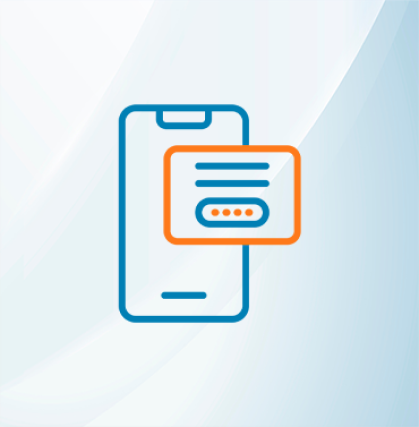




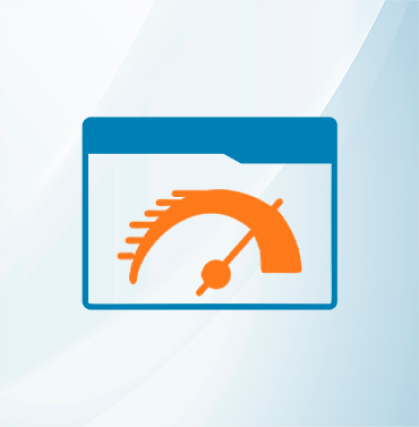


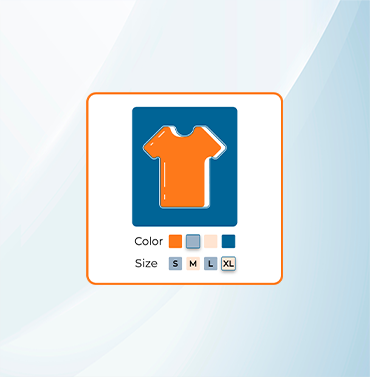





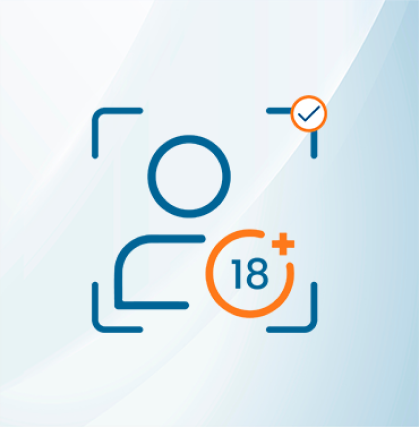

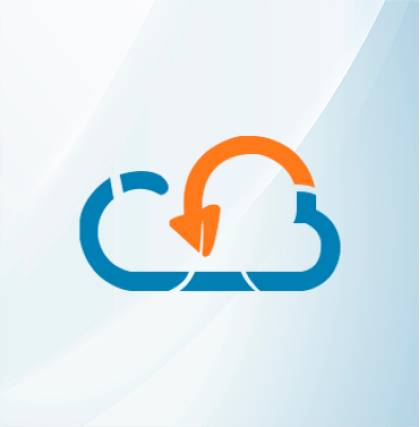









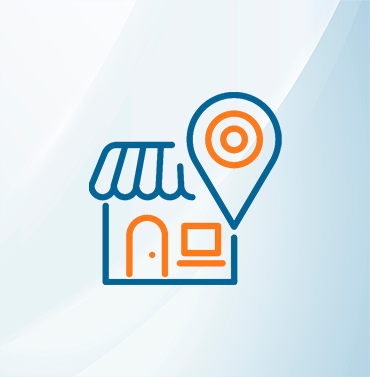





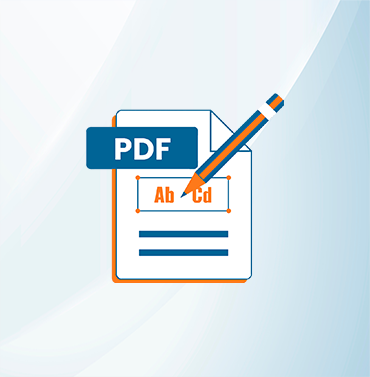

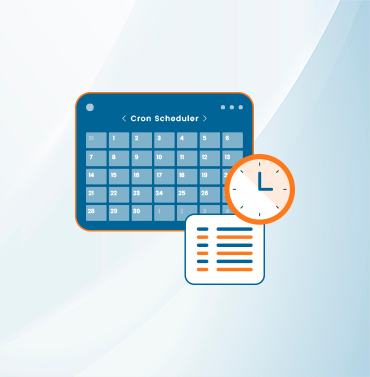
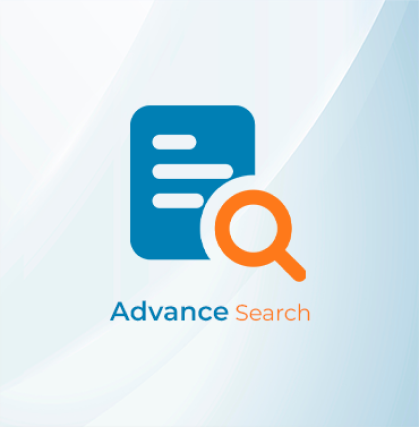




























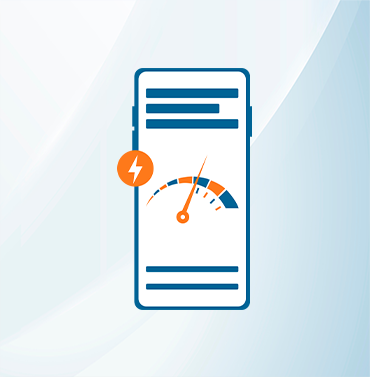
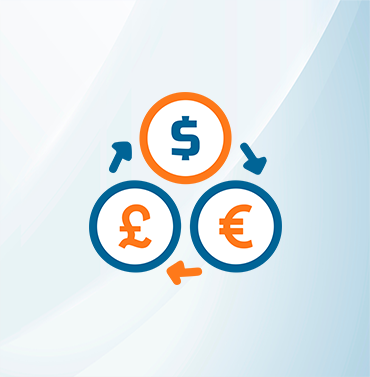

























Validate your login
Sign In
Create New Account